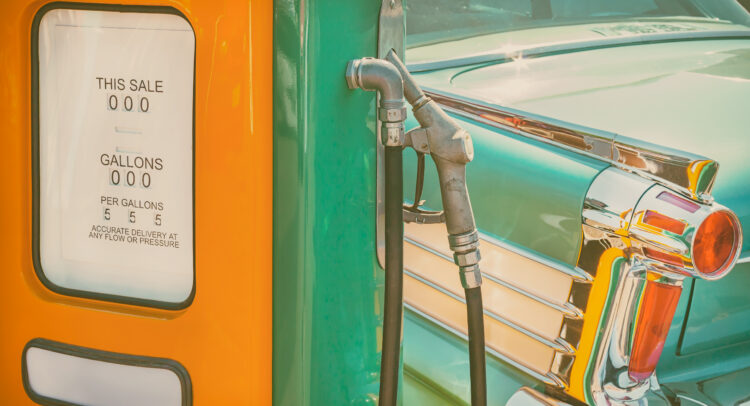Demand for traditional fuels, such as gas and diesel, in the U.S. has reached pandemic-era lows, leaving analysts divided over the cause. Recent data from the Energy Information Administration (EIA) reveals a surprising trend: U.S. gasoline and diesel demand is currently at its lowest seasonal level since the height of the 2020 coronavirus pandemic. This decline has led to considerable puzzlement within the refining industry, particularly given the alarming rate at which profit margins are shrinking.
Gas and Diesel Sales Are Down
The data is clear: gas and diesel sales are declining. Specifically, the four-week average demand for gasoline is currently at a meager 8.63 million barrels per day (bpd) – the lowest since the pandemic lockdowns halted travel. Diesel and heating oil, classified as distillate fuels, aren’t faring much better, with demand hovering around 3.60 million bpd – another pandemic-era low.
This shocking drop in consumption is impacting refiners severely. Their profits, which have remained robust for the past two years, are now under threat. A key metric for refiners, the U.S. 3-2-1 crack spread, has fallen below $26.50 a barrel – a level not seen since February and the weakest for a May opening since 2021. Similar trends are observed in gasoline and diesel crack spreads, both of which have narrowed to multi-month lows.
Driving Decline or Green Shift?
Energy analysts are divided on whether the change in direction suggests that stressed households are reducing their driving or if they are adopting of green energy alternatives. Some, like Mizuho’s (NYSE:MFG) executive director Robert Yawger, fear it could indicate a stagnant economy. Yawger is concerned that weak gasoline demand “is indicative of the performance of the economy, which is bad all around.”
On the other hand, other analysts take a different stance. They view the data as highlighting a growing shift towards renewable fuels, gradually replacing conventional options like gasoline and diesel. This perspective is supported by the recent increase in electric vehicle (EV) sales and rising investments in biofuels and other alternatives.
Rising Stockpiles Add More Complexity
Adding another wrinkle to the story is the unexpected rise in gasoline and distillate fuel inventories. Stocks climbed last week, defying analyst predictions that anticipated a decrease. Gasoline stockpiles reached 228 million barrels, the highest seasonal level since 2021. Distillate fuel inventories also hit a three-year high for this time of year, reaching 116.4 million barrels.
Key Takeaway
The refining industry is grappling with a situation that lacks a clear answer. Declining demand for traditional fuels, combined with rising stockpiles, is squeezing margins and raising questions about the future. Whether this signifies a struggling economy or a transition towards renewable energy remains to be seen. As the data continues to unfold, astute investors will be closely monitoring these trends to navigate the uncertainties in the transportation fuel sector.
















